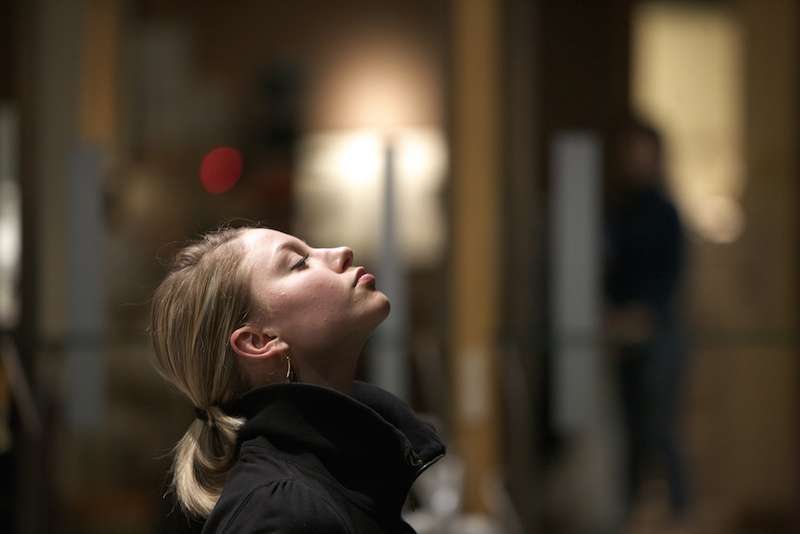A breath of fresh air: Scientists reveal how the brain generates respiratory rhythm

Bringing a steady supply of fresh air to the lungs can seem like a simple task, but breathing is a careful orchestration of brain and body.
Diseases like Rett syndrome, central sleep apnea and congenital central hypoventilation syndrome are characterized by breathing difficulties that may be caused by dysfunction in the brain's breathing center. Now, Drexel scientists have introduced a new concept of how the brain is involved in this essential function, providing new insight into how breathing disorders could be treated in the future.
The brainstem, which connects the brain with the spinal cord, generates the breathing rhythm and controls its rate, depending on the body's demands. While this process normally occurs automatically, we can also control our breathing voluntarily, such as when speaking or eating.
Twenty-five years ago, a cluster of neurons within the brainstem, called the pre-Bötzinger complex (pre-BötC), was identified as the likely source of rhythmic inhalation. Following this breakthrough, researchers have spent years attempting to understand how the pre-BötC operates.
"For any cyclical biologic process, you need some mechanism that generates a rhythm, and then that rhythm is translated to a motor pattern. How exactly the pre-BötC generates that rhythm has remained a mystery," said Bartholomew Bacak, PhD, a researcher in the School of Biomedical Engineering, Science and Health Systems, and an MD student in the College of Medicine.
Two decades after the discovery of the pre-BötC, scientists hypothesized that two distinct systems in the brain interact to initiate breathing: a "rhythm-generating" layer composed of high- frequency neurons and a "pattern-forming" layer, which signals the diaphragm to contract and the lungs to fill with air.
Using a series of computational models, Drexel researchers in the Laboratory for Theoretical and Computational Neuroscience, under the leadership of Ilya Rybak, PhD, are the first to challenge this paradigm.
Their study, recently published in the journal eLife, suggests that mixed-mode oscillations in the pre-BötC—or regular back-and-forth movements—result from synchronizations of many neurons with different levels of excitability. Neurons with low excitability have low bursting frequencies, but generate strong activity and recruit other neurons, ultimately producing the large amplitude bursts that cause breathing.
The discovery could have important implications for our understanding of the brain's control of breathing. The findings may ultimately impact how scientists research and clinicians treat respiratory disorders.
Many other parts of the nervous system also contain networks of neurons with diverse excitability. A challenge for future studies is to investigate whether networks similar to those in the pre-BötC complex generate the rhythms that control other repetitive actions, such as walking and chewing.
More information: Bartholomew J Bacak et al. Mixed-mode oscillations and population bursting in the pre-Bӧtzinger complex, eLife (2016). DOI: 10.7554/eLife.13403
















